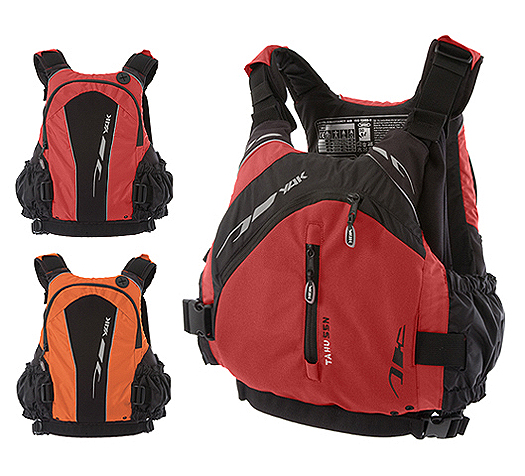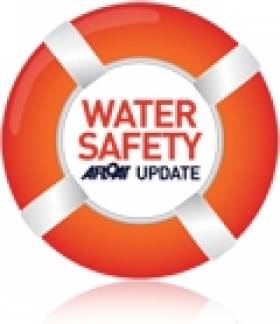Displaying items by tag: buoyancy aids
Marine Notice on Legal Requirements for Personal Flotation Devices
#WATER SAFETY - The latest Marine Notice from the Department of Transport, Tourism and Sport (DTTAS) addresses the legal requirements for all recreational craft owners, masters and users in relation to the wearing and carrying of personal flotation devices (PFDs).
The notice discusses the different types of PFDs - lifejackets and buoyancy aids - and their performance standards, as well as highlighting the importance of their use, proper care and servicing for safe activities on the water.
The law makes clear that there must be suitable PFDs for everyone on board any pleasure craft, and that PFDs must be worn by anyone the deck of any craft or on board any open craft that is under seven metres in lengh - or for people under the age of 16, any craft regardless of length.
Also detailed are recommendations for the storage of PFDs, and guidance for their correct usage.
The use of lifejackets and buoyancy aids is particularly important in light of the recent Marine Casualty Investigation Board (MCIB) recommendations on a number of incidents where their availability could have saved lives.
Full details are included in Marine Notice No 45 of 2012, a PDF of which is available to read or download HERE.
These Buoyancy Aids are Made for Touring!
The Tahu and Xipe offer 55N of Buoyancy and are constructed using all new 3D Supersoft foam panels which wrap around your body for excellent freedom of movement. Their durable outer covers give longevity and lasting performance.
The Tahu uses a side zip closure for ease of entry and exit when changing layers on the water. Neoprene chest contour panels give an extremely comfortable and highly versatile fit for either men or women. A large front cargo pocket swallows your personal kit and combines with an easily accessed knife pocket. The all new slim-line pocket on the back will expand to take care of all your hydration requirements and an array of attachment points make the Tahu ideal for any expedition or recreational touring activity.

The Xipe features a unique closure system which revolutionizes the front zip buoyancy aid. Its stylish asymmetric zip conceals the main adjustment buckles and webbing ensuring a clean, snag free front to the garment. Featuring 2 high volume front pockets, one of which has VHF radio compatibility, a slim-line rear pocket that can hold a hydration pack of up to 3ltr and various attachment points the Xipe is already becoming a firm favourite with touring and fishing paddlers, and instructors alike.

Both Buoyancy Aids are approved to the new BS EN ISO 12402-5 standard. They also feature Yak’s new low profile easy-adjust buckle system for quick & easy donning and have reflective piping for extra visibility in low light conditions.
The report by the Marine Casualty Investigation Board (MCIB) into the loss of a kayaker in Castletownshend last year has found the death was caused by hypothermia and heart failure due to a pre-existing condition.
Didier Heneault, 56, died while kayaking with his wife Margaret near Horse Island, after his kayak overturned in choppy water.
The French couple, who were experienced kayakers, had set off from the League near Raheen Town in Co Cork on the morning of 30 May 2010, paddling south-east.
On the western side of Horse Island, Mrs Heneault turned and saw that her husband was in thw water about 10m from his kayak. She tried to assist him in climbing out of the water back into the kayak but was unsuccessful.
Mrs Heneault used a safety rope to keep her husband afloat, but after 10 minutes he became unresponsive.
Some hours later passing kayakers heard Mrs Heneault's calls for help and assisted in towing the couple back to shore at Horse Island, where they gave Mr Heneault CPR. They were joined shortly after by the Baltimore Inshore Lifeboat and the Toe Head coastguard unit.
Mr Heneault was transferred to a waiting ambulance at Castletownshend pier where he was treated by paramedics before being taken to Cork University Hospital. There he was pronounced dead at 4.50pm.
The report into the incident by the MCIB said the post-mortem gave the cause of death as cardiac failure due to hypertensive cardiomyopathy following immersion in cold water and associated hypothermia, with a medical history of hypertension.
The report also recommended that lifejackets should be used instead of buoyancy aids when offsore kayaking, where the risk of capsizing is greater. A lifejacket of 150 Newtons or more would have kept Mr Heneault's head above water at all times, it said.































































